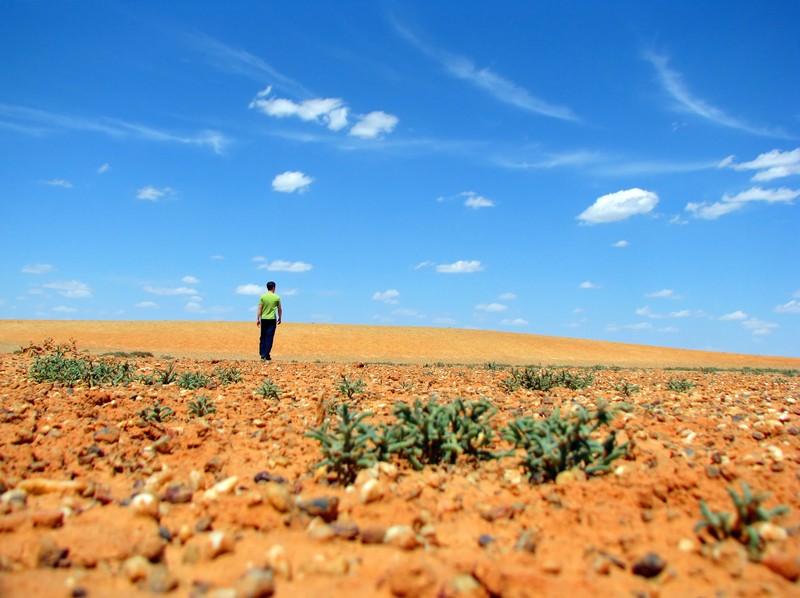If you are traveling, say, getting to your bug-out spot or working around a camp site or your home, during the five or six hours where the sun is at its most intense, heat exhaustion is a real possibility and heat stroke is not out of the question – no matter your age or where you live.
By using common sense and being aware of how hot it is, you can avoid this, but if here are the most common symptoms of heat stroke and exhaustion as well as how to address them.
Warning signs of HEAT STROKE:
1. An extremely high body temperature (above 103°F)
2. Red, hot, and dry skin (no sweating)
3. Rapid, strong pulse
4. Throbbing headache
5. Dizziness
6. Nausea
7. Confusion
8. UnconsciousnessIf you see any of these signs, have someone immediately call 911 while you begin cooling the victim. Do the following:
• Get the victim to a shady area.
• Cool the victim rapidly, using whatever methods you can. Immerse the victim in a tub of cool water; place the person in a cool shower; spray the victim with cool water from a garden hose.
• Monitor body temperature and continue cooling until the body temperature drops to 101-102°F.
• If emergency medical personnel are delayed, call the emergency room for further instructions.
• Do not give the victim alcohol to drink.
• Get medical assistance as soon as possible.The warning signs of HEAT EXHAUSTION:
1. Heavy sweating
2. Paleness
3. Muscle cramps
4. Tiredness
5. Weakness
6. Dizziness
7. Headache
8. Nausea or vomiting
9. Fainting
10. The skin may be cool and moist, pulse rate will be fast and weak and breathing will be fast and shallow.What steps can be taken to cool the body during heat exhaustion?
• Drink cool, nonalcoholic beverages.
• Rest.
• Take a cool shower, bath, or sponge bath.
• Seek an air-conditioned environment.
Heat exhaustion, especially during times of high stress is always a threat. Heat stroke, while usually rarer, is possible anytime heat exhaustion symptoms are present if they are ignored or not treated.
By keeping cool and monitoring yourself and those with you, however, you can avoid both.
For more information on heat exhaustion and stroke, please visit Care 2.
